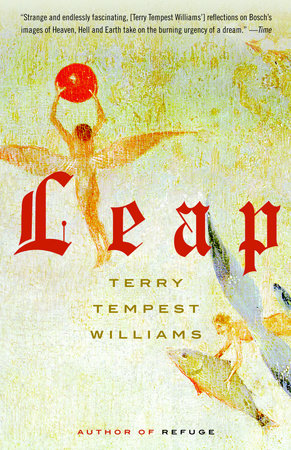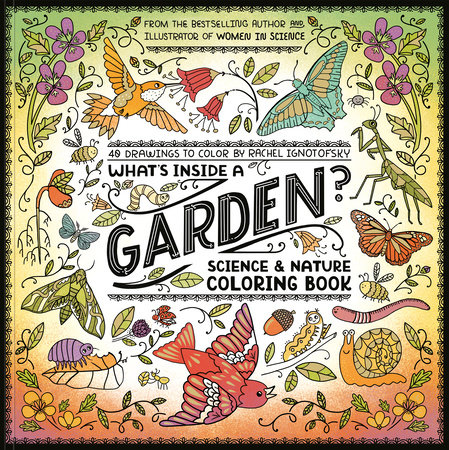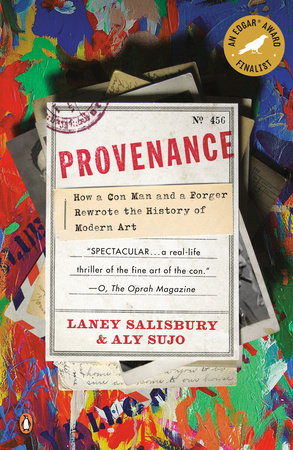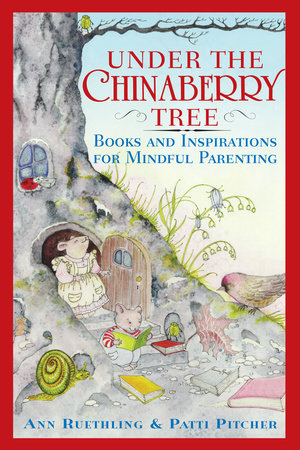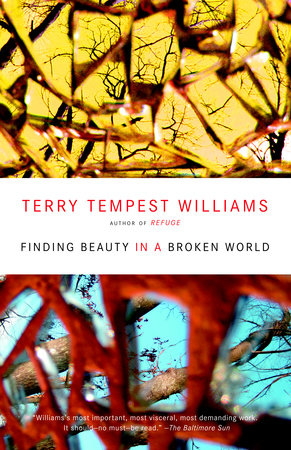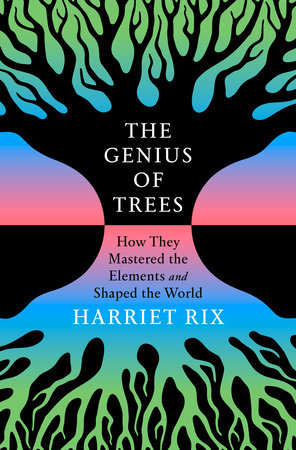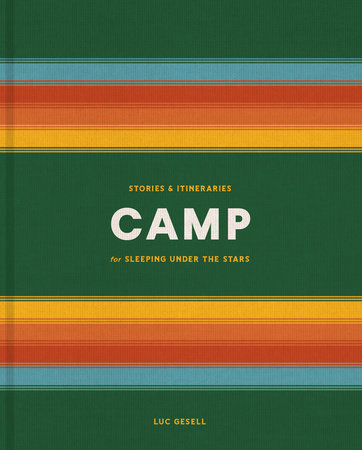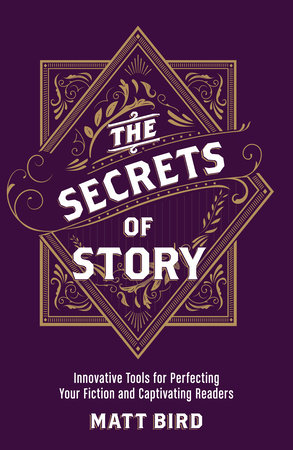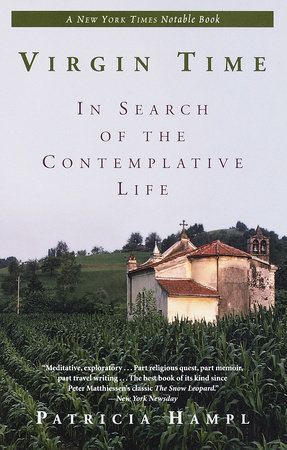A Conversation with Terry Tempest Williams, author of LEAP
Q: Let’s start with the title, LEAP. This can be interpreted in so many different ways — a leap of faith, leaping into a journey of spiritual growth, or taking a leap into another world — that of the extraordinary painting you explore in the book, "The Garden of Earthly Delights" by Hieronymus Bosch. What can you tell us about this title?
A: W.H. Auden has a poem entitled, "Leap Before You Look." I love this poem, the way it embraces the idea of risk, particularly the last sentence, "Our dream of safety has to disappear." To leap before we look, to follow our instincts, our intuitions, this is the pathway to change. Safety is an illusion like paradise. So many of our religious institutions, orthodoxies of any kind, trade on this kind of false security.
????????Throughout the writing of this book, I thought about what it means to take risks, to dare to move into unknown terrain physically, psychologically, and spiritually. I am a naturalist by training, my homeland is Utah and my culture is Mormon, all stable points of reference, very little risk, a great deal of comfort. To suddenly find myself in Spain, obsessed with a medieval triptych painted by Hieronymus Bosch is a huge leap, a leap of faith, a leap of joy, a leap of the imagination from a known landscape into new territory.
????????Leap before you look. Some may see this as an act of madness. I see it as the sovereignty of soul that comes when we bow to our own creative impulses….
Q: How did this book evolve?
A: My husband Brooke and I traveled to Spain for the first time in the winter of 1992-93. We visited the Prado Museum in Madrid. I found myself standing before "El jardin de las delicias" completely stunned, recognizing the left and right panels of Paradise and Hell as the images which hung above our beds as children, part of the Metropolitan Museum of Art’s home education program under the direction of John Canaday in 1957. My grandmother had thumbtacked these two prints to the bulletin board above where we slept. I had no idea there was a center panel, the panel of "Earthly Delights."
????????As I stood before the triptych, I kept thinking why was this middle panel hidden from me, the body, the body of the triptych, my body? Something very profound was unleashed and set into motion. I became obsessed, possessed by this medieval painting, by Hieronymus Bosch himself, wondering what this triptych might mean. Little did I know this would send me on a seven year journey synthesizing art history, Spanish history, natural history and Mormon theology through the landscape of El Bosco, as the Spanish call this visionary painter….
Q: There has been a lot of controversy over a recent art exhibit at the Brooklyn Museum. In Madrid, you overheard some viewers question whether or not Bosch’s painting is art or blasphemy. How do you define art?
A: I actually saw "Sensation" in London in 1997, where it was also met with controversy. I remember writing in my journal, "This kind of uproar would never happen in New York." But it did.
????????What is it about art that evokes such passionate responses? And why does art continue to test our ideas of what is appropriate and what is not?
????????Damien Hirst, one of the artists exhibited in "Sensation" writes, "Art is about life. There isn’t anything else." He goes on to say, "Art is dangerous because it doesn’t have a definable function. I think that is what people are afraid of."
I agree with him. Art is the embodiment of an idea and that idea is articulated through image, color, texture, and composition. It is a language not of words but impressions, sensations, feelings, emotions that are registered in the body. Of course, art can be extremely intellectual, conceptual, and abstract, but even so, it evokes a visceral response, one that bypasses rhetoric and pierces the heart. The simplistic response is "I like it" or "I don’t like it."
But what happens if we allow ourselves to enter a work of art, to watch a painting as one would watch a landscape, not simply look at it, but experience it as something dynamic, note how the light shifts, how the surface changes, how new details and nuances are revealed over time? I like to believe art is as alive as we are, that we can engage in a dialogue with a painting, a piece of sculpture, or music.
To interact with art takes time, asks us to slow down and open our minds to new possibilities, not simply project our own opinions. Art invites us to listen to other voices, other points of view. I believe art requires a certain degree of openness on the part of both the artist and the viewer. It is deeply subjective.
Q: Spirituality is a highly individualized thing. Clearly, there are elements in this book that might not appeal to your Mormon elders. How have they responded to your previous works, and how do you guess they might respond to LEAP?
A: I am a Mormon, a member of the Church of Jesus Christ of Latter-day Saints. There are approximately ten million of us and I would imagine each individual has his or her own spiritual interpretation of the gospel. Given that, I can tell you my religious views are not entirely orthodox. There are many members within the Mormon religion who are uncomfortable with my writings, many who feel I am not on the "path of righteousness," that you are either "in the Church or out of the Church."
????????And I have been told by various elders in the Church to tone down my voice. One of the tenets in Mormon religion is to be completely supportive of the General Authorities positions. I have questioned issues concerning women, politics, and the environment. In 1998, I co-edited with William B. Smart and Gibbs M. Smith and anthology of forty essays all written by member of the Church called New Genesis: A Mormon Reader on Land and Community.
????????So far (knock on wood), I have not been excommunicated. I still have a voice within Mormon culture. Octavio Paz gives me courage when he writes, "If we are interested in a revolution, an evolution of the Spirit, it requires both love and criticism."
????????I do not know what the response to LEAP will be within the Mormon community. Probably mixed, with strong feelings on both sides. Certainly, this book focuses on my own religious tradition, but I believe my critique and inquiries are not specific to Mormonism, but rather an examination akin to all orthodoxies that forget the power and possibility of personal revelation in the name of a codified belief system. I believe it is a human hunger to find a creative embrace of our own spiritual path within each of our religious traditions….
Q: As one reads your writing, they are in a way transported inside the painting — encouraged to live and feel it as you did. How do you hope LEAP will affect the reader?
A: Whenever one writes a book, I think the secret hope is that the reader will find themselves inside the story, that what is most personal is in fact, most general. Through sharing my own spiritual search through the pictorial landscape of Bosch, I hope the reader will be inspired to ponder his or her own sense of the sacred and be inspired to take greater risks with their heart, opening to their own sense of place and spirit.
????????I would also be very pleased if readers of LEAP find a new passion for "El jardin de last delicias," that they might be reintroduced to this astonishing and exquisite masterpiece of Hieronymus Bosch and find their own entries into the triptych, with their own perceptions of what this painting might mean. I would love people to engage in their own conversations about "The Garden of Earthly Delights."
????????And if I am honest, I hope LEAP might make a small difference in the world, adding another voice to the dialogue of how we might live more creative and conscious lives.
Q: You write: "Life is a process of being broken open." Can you explain this imagery?
A: If we are at all sensitive to the life around us, to one another’s pains and joys, to the beauty and fragility of the Earth, it is all about being broken open, allowing ourselves to step out from our hardened veneers and expose our core, allowing ourselves to be vulnerable in our emotional response to the world.
????????And how can we not respond? This is what I mean by being "broken open." To engage. To participate. To love. Any one of these actions of the heart will lead to a personal transformation that bears collective gifts.
????????I also believe that until we have touched death or traveled into some of the dark corners of our own soul and held those we love in their own shadowed moments, that we may not be as willing to "be broken open." We protect our safest selves as long as possible. And then it happens, in an instant, who knows what may spark the change, our fa?ade breaks, we stand in the center of our life, bare-bodied and beautiful, naked, exposed, courageous. Fear is replaced by being fully present in the moment at hand. We are alive. We are vulnerable. We are teachable once again. Call it a humility in the deepest sense. We allow ourselves to be touched. The false self, the fearful self is shattered. We enter the current of life. This for me is the rupture of ego and the beginning of empathy.
Q: The destruction of the environment is prevalent in both your previous writing and in Bosch’s triptych. What do you make of this connection?
A: Our lack of intimacy with the natural world is in direct correspondence with our lack of intimacy with each other. Our bodies, the body of the Earth — there is no separation. When we cause harm to the natural world, we also cause harm to ourselves. The health of the planet is our own.
Traditionally, Christianity has made a distinction, a spiritual separation between human beings and other creatures, be they plants or animals. We have dominion over the Earth. This philosophy within the Judeo-Christian mind has wreaked havoc on the planet. We have abused our natural resources and given little thought to the notion of sustainability.
????????I believe this is changing as we witness what the devastating effects of our irresponsible actions have created in terms of environmental degradation, be it global warming or deforestation or quite simply, the loss of open space within our cities and towns. We are slowly learning what it means to be good stewards, to enter into a dialogue with the land.
Hieronymus Bosch understood the power of landscape even within the framework of a medieval Europe on the threshold of the Renaissance. He was an extraordinary observer of nature. His renderings of birds, plants, and animals, the flora and fauna we see depicted in "El jardin de las delicias" express a joy of the natural world, a deeper representation of creation that is more than merely symbolic. Bosch’s sense of scale places human beings alongside animals as equal partners. They are the same size, human beings engaged in conversations with birds, riding on the backs of mallards, gathered around enormous blackberries floating in a lake.
The middle panel of "Earthly Delights" becomes a sensuous celebration of our relationship toward wonders; Hell, a potent manifestation of a life void of beauty, sterile, the consequences of our own selfish acts.
How do we marry our joy with our sorrow in a world as delicate and strong as spider’s silk? How do we continue to find faith in a world that seems to have abandoned the sacred?
To be in correspondence with the world around us — to learn the names of things, to delight in all that is wild, even our own beating hearts, to embrace our sacred responsibilities toward the sustenance of life, to remember what we seem to have forgotten, that we are part of this beautiful, broken healing Earth.
These are some of the ideas that fuel my writing
